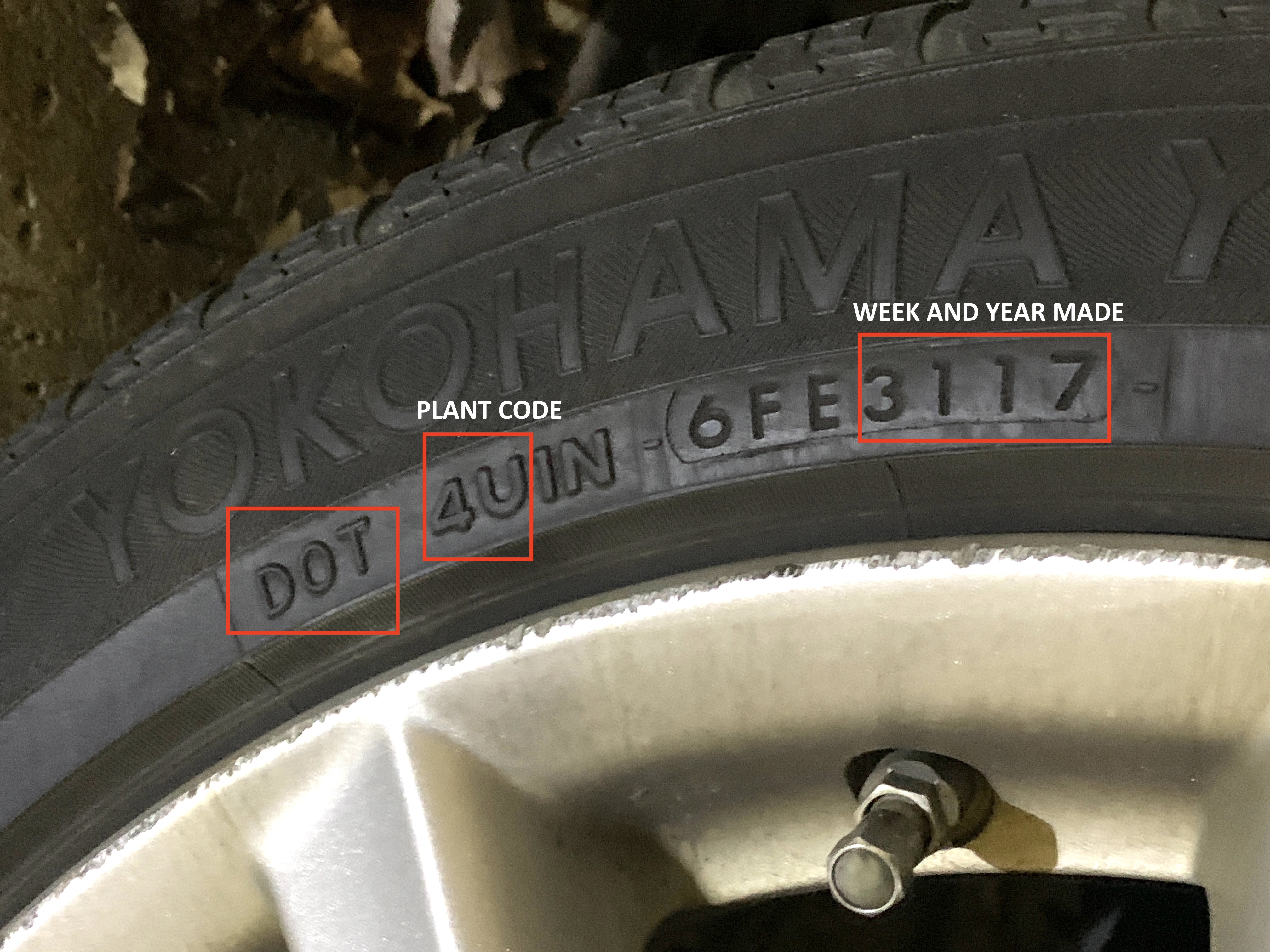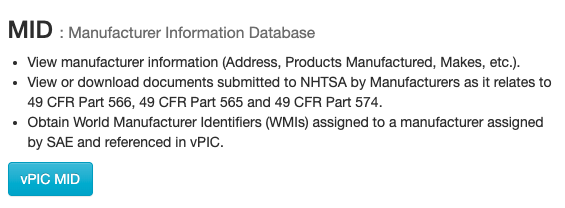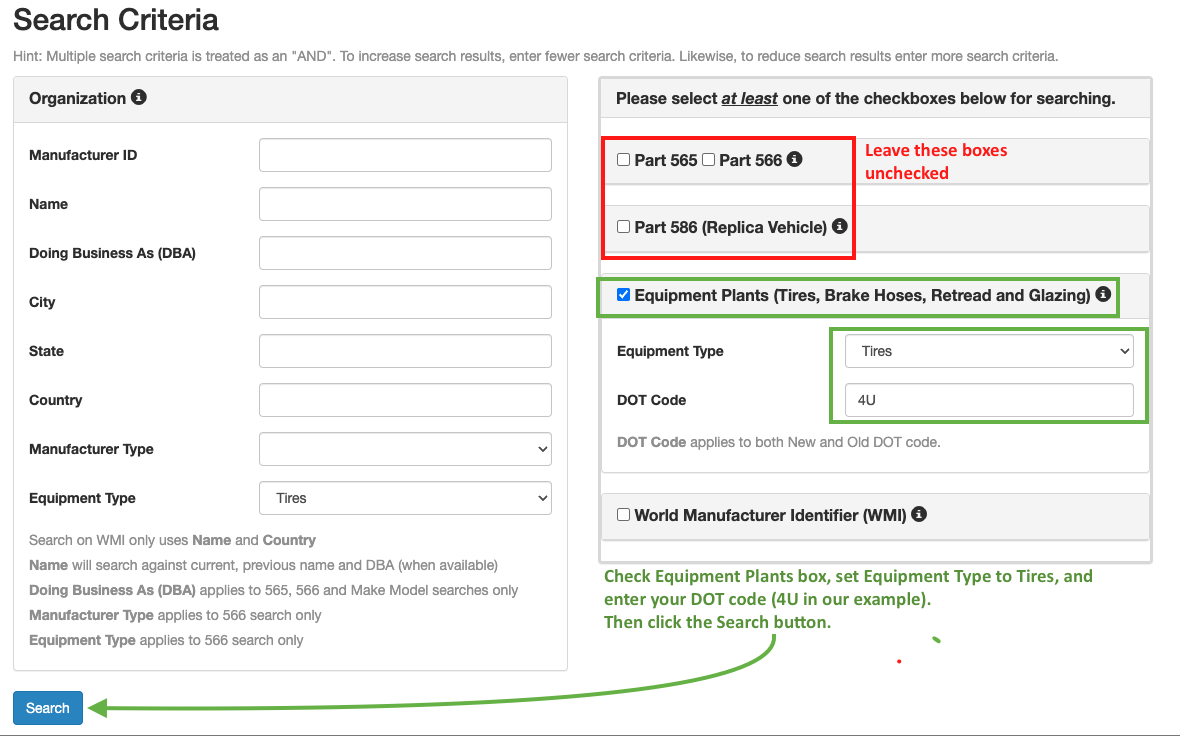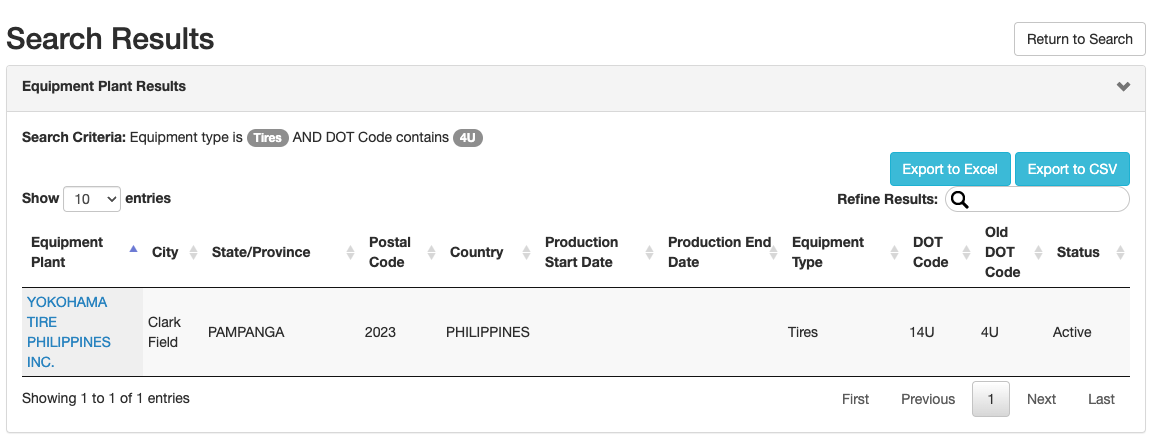Your Shopping Cart
Your cart is empty.
Subtotal ( items)
Instant Rebate Applied:
Promo Code Applied: ID.me Discount Applied:
Have a Promo Code?
Size:
Item
Item
Selected for:
/ each
Add-Ons
Wireless air pump capable of pumping up to 150 psi with 2000 MAH power bank.



Fully protect your clothes and vehicle interior during transportation of your tires. For Tires up to 31" tall and wheels up to 22".
Per sensor
Add TPMS Sensors
/per sensor
Please confirm the make, year, model and trim of the vehicle you want to purchase for:
How many sensors do you need?
The vehicle you have selected is not compatible with aftermarket TPMS Sensors.
Enter a different vehicle to add TPMS sensors

 Front Tire Size:
Front Tire Size:
 Rear Tire Size:
Rear Tire Size:
 Your Vehicle:
Your Vehicle:
Pros & Cons of Staggered Fitment

Attractive Design

Improved Handling

Improved Cornering
Bumpier Ride
Poor Traction in Snow
How do I find my tire size?



Need help?
 Your Vehicle:
Your Vehicle:
Pros & Cons of Staggered Fitment

Attractive Design

Improved Handling

Improved Cornering
Bumpier Ride
Poor Traction in Snow
How do I find my tire size?



Need help?
Pros & Cons of Staggered Fitment

Attractive Design

Improved Handling

Improved Cornering
Bumpier Ride
Poor Traction in Snow
Need help?
Need help?
How do I know if I have an LT tire?

 Your Vehicle:
Your Vehicle:
Sorry, we could not find any available
wheels for your sizing selections.
Need help?
Cracking DOT Tire Codes: Find Where and When Your Tires Were Made
By Tire Agent Staff
December 31, 2021
Tires are dotted with letters and numbers that seem like an alphabet soup of codes. Although they're intended to pass along information to consumers, you need to be a code cracker to understand the DOT number meaning.
In a related post that about DOT numbers on tires, we explained how to find tire sizes, load indexes, speed ratings, and age on a tire's sidewall. In this post, we'll break down the DOT tire identification number and what they mean.
DOT Number On Tires: Why You Should Know Yours
The DOT stands for Department of Transportation, which the U.S. congress established in the 1960s to over see public transportation. The DOT oversees 11 agencies that set guidelines for passenger vehicles, trucking, railroads, airways, maritime and other transportation. It's the National Highway Traffic Safety Administration (NHTSA) that sets standards for tires that are sold to American consumers, both for passenger and commercial vehicles and equipment.
Why do you need to know what your DOT codes mean? The information lets you know if the tires are right for your vehicle, driving style, and road conditions, plus they tell you how old tires are.
How to Read a Tire DOT Number
Look for the DOT letters on the tire and note the string of letters and numbers that follow the "DOT." These are the numbers you should care most about: plant code and manufacturing date.
By the way, some people erroneously refer to the DOT sidewall number as a tire's serial number. This would imply that each tire has its own unique code. Some manufacturers may choose to serially number their tires, but that is not the DOT number. The DOT number indicates the manufacturing date and location of a tire.
DOT Plant Code
The first 2 or 3 letters or numbers refer to where the tire was made. In the photo above, you can see a 4U, which refers to a Yokohama Tire Company manufacturing plant that's located in the Philippines. How do we know the location?
Although tire makers are required to disclose the plant number, that doesn't make it easy to interpret the code. To find out where a tire was made, use the DOT tire code lookup:
1. Locate the manufacturing plant number on your tire. It's the first two or three digits after the DOT letters.
2. Open the NHTSA vPIC database.
3. Locate the vPIC MID (Manufacturer Information Database) and set Equipment Type to Tires and DOT Code to those first two or three digits from your tire (in this example, it's 4U). Make sure only the "Equipment Plants" box is checked; uncheck Part 565, Part 566 and Part 586 to look up a plant number.
Tap the search button. If you entered the information correctly, the NHTSA database will give you the name of the manufacturer, the city, state/province, postal code, and country of the manufacturer. In this example, it's Yokohama, Clark Field, Pampanga, 2023 Philippines.
DOT Manufacturing Date
The last four numbers of the DOT marking on tires tell you the week (1 through 52) and year the tire was made. So, a tire with the last four digits of 0121 was made the first week of January 2021, 0221 is second week of January of 2021, and so on.
If you'd prefer to skip the figuring, you can use this handy website, CheckTire. Not only will it tell you when the tire was made, it will also tell you how old the tire is and whether it's time to replace them based on their age.
How Old Can DOT Tires Be?
Vehicles typically have a shelf life of 5 to 6 years, but some can last up to 10 years. Tires older than that are subject to dry rot, which is when the sidewalls and treads of tires crack because the rubber dries out. Dry rot is dangerous and could cause your tires to blow.
Older tires are dangerous, and while we know you want to get every mile out of your tires, we also want you to be safe. This guide explains how often you should replace your tires and how to know when it's time to replace them.
To geek out over more DOT tire regulations, visit the NHTSA's tire safety information site for consumers. You can also download the DOT's SaferCar app for iOS and Android to sign up for vehicle safety and recall alerts.
How to Qualify for the $50 Offer
- Add items to your cart and begin checkout.
- Select PayPair and apply for financing.
- If you’re approved by a participating lender, you’ll see a $50 promotional rebate applied to your order total.
-
To receive the $50, you must:
- Complete your purchase with a qualifying lender,
- Agree to the payment terms,
- And make the required number of consecutive on-time payments, as specified by the lender.
Note: Offer available only through select lenders. Additional eligibility requirements and conditions apply. Rebate may be issued after verification of qualifying payment activity. Terms subject to change.
How to Purchase Tires and Wheels
With a Payment Plan
Tire Agent's payment plans make it easy to get the best partial or full set of tires and wheels for your vehicle.
It's fast, secure and won't affect your credit score
Match with multiple lenders
Why Choose PayPair?
PayPair’s Partners and Plans

No Money Down

No Money Down

No Credit Needed*

No Money Down

$1 to Start!*

No Money Down

No Credit Needed*

$1 to Start!*

No Money Down
Other Payment Plans

$0 to Little Down

Pay with your bank account

Simplified checkout experience

Faster and easier than using cards or cash

Simplified checkout experience

Faster and easier than using cards or cash
*SNAP: The advertised service is a lease-to-own agreement provided by Snap RTO LLC. Lease-to-own financing is not available to residents of Minnesota, New Jersey and Wisconsin. NO CREDIT NEEDED: Not all applicants are approved. While no credit history is required, Snap obtains information from consumer reporting agencies in connection with applications, and your score with those agencies may be affected. PAYMENT PLAN: The standard plan consists of renewable lease terms. To exercise an early ownership, consumers must make regular payments on time and schedule additional payments via the customer portal or by contacting Customer Care at 1-877-557-3769. KATAPULT: The Promotional Initial Payment (plus any applicable taxes and fees) is due at lease signing. Your lease-purchase payment amount will be determined after you select your product(s). You will not acquire ownership of the product(s) if the total amount necessary to acquire ownership is not paid. The Promotional Initial Payment does not reduce the cost of the lease-purchase agreement. The Promotional Initial Payment is only available when shopping at Tire Agent through the Katapult mobile app and at Tire Agent’s website. Product pricing subject to change and availability. Disclosure: 90-day early purchase option (EPO) terms and conditions apply: 90-Day (3 months in CA) You can buy out your lease-to-own agreement within the first 90-days. This amount includes the cash price, plus the lease-to-own cost for the first 90-days. Taking advantage of the 90-day purchase option will save you the most money! PROGRESSIVE: Ownership by rental/lease agreement with Progressive Leasing costs more than the retailer’s cash price. Select items only. Cancel or purchase early at any time. Not available in MN, NJ, VT, WI, WY. Progressive Leasing obtains information from credit bureaus. Not all applicants are approved. Standard agreement offers 12 months to ownership. 90-day purchase options cost more than the retailer’s cash price (except 3-month option in CA). To purchase early or to cancel lease, you must call 877-898-1970. Retailer cannot activate early purchase options.





